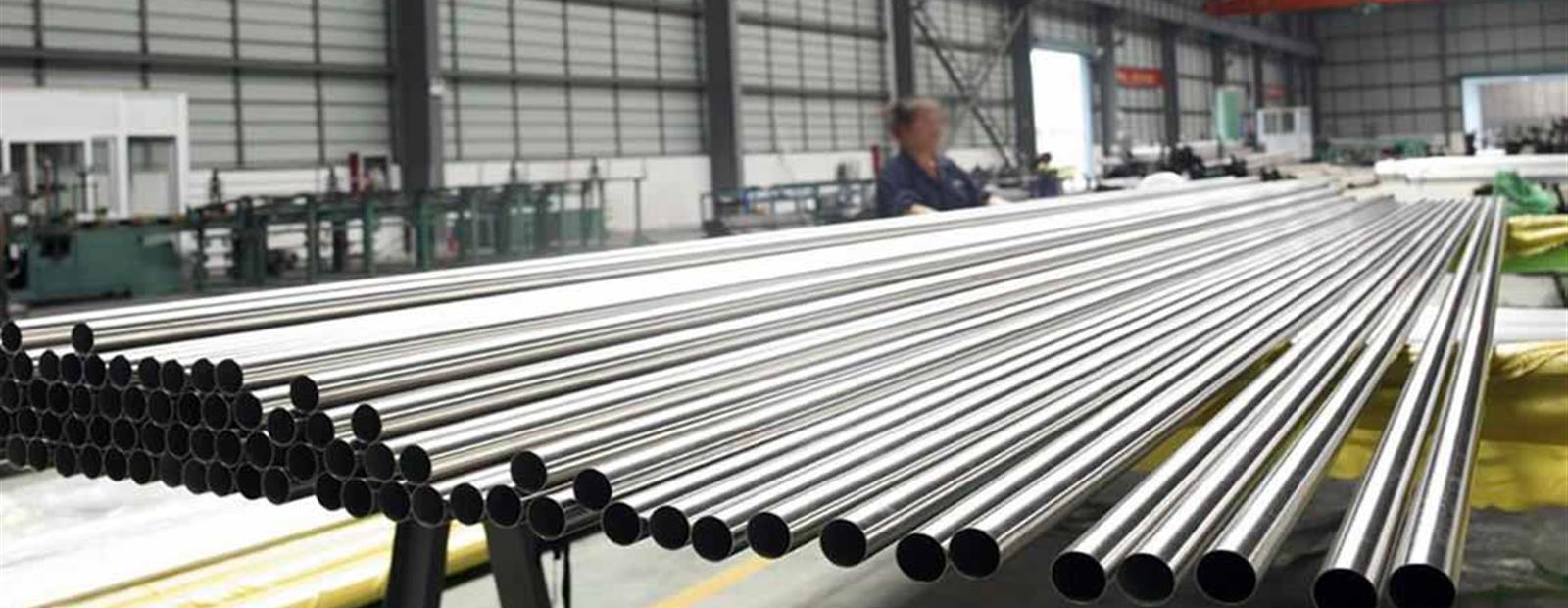
Impact of Stainless Steel Pipes on the Construction Industry
The construction industry is a testament to human innovation, continually evolving through technological advancements and material innovations. Among these, integrating stainless steel pipes has revolutionized construction practices, reshaping how buildings and infrastructure are designed, built, and maintained. Let’s explore how stainless steel pipes have changed the landscape of the construction business.
Strength, Durability, and Longevity
Stainless steel pipes have emerged as a preferred choice due to their exceptional strength, durability, corrosion resistance, and extreme environmental conditions. These pipes have an impressive ability to withstand rust, erosion, and degradation, ensuring a longer structure lifespan. As a result, buildings and infrastructure constructed with stainless steel 304 pipes require less frequent maintenance and replacement, leading to significant cost savings over time.
Versatility in Design and Functionality
The versatility of stainless steel pipes offers architects and engineers newfound freedom in designing innovative structures. Their flexibility and adaptability allow for intricate designs, enabling the construction of complex architectural shapes and geometries. Moreover, 316 stainless steel pipes can be easily customized to meet specific project requirements, making them ideal for a diverse range of applications in both residential and commercial construction.
Sustainability and Environmental Impact
In an era focused on sustainable practices, stainless steel pipes have emerged as a sustainable building material. Their recyclability, coupled with their long lifespan, contributes to reducing the environmental impact of construction projects. The ability to recycle stainless steel further promotes a circular economy, minimizing waste and conserving natural resources, thereby aligning with global sustainability goals.
Resistance to Corrosion and Chemicals
One of the standout features of stainless steel pipes is their corrosion and chemical damage resistance. This property makes them suitable for use in environments where exposure to corrosive substances is prevalent, such as chemical plants, wastewater treatment facilities, and coastal constructions. The ability of stainless steel pipes to maintain structural integrity even in harsh conditions ensures the longevity and reliability of critical infrastructure.
Cost Efficiency and Operational Benefits
Despite being initially perceived as a premium material, stainless steel pipes offer long-term cost efficiency. Their durability translates into reduced maintenance costs and lower replacement frequency, providing significant savings over the lifecycle of a structure. Additionally, the minimal maintenance requirements result in less operational downtime, increasing productivity and efficiency in construction projects.
Check out Stainless steel pipe prices.
Regulatory Compliance and Safety Standards
Stainless steel pipes often meet the construction industry’s stringent regulatory and safety standards. Their reliability, strength, and resistance to fire and seismic events make them a preferred choice for applications where safety and compliance are paramount. This adherence to standards ensures that structures built with stainless steel pipes maintain high safety levels, instilling confidence in occupants and stakeholders.
Conclusion
The incorporation of stainless steel pipes has undeniably transformed the construction industry. Their unparalleled strength, durability, design versatility, sustainability, and compliance with safety standards have elevated them to a pivotal position in modern construction practices. As the industry continues to embrace innovation, stainless steel pipes stand as a cornerstone, reshaping how structures are built and ensuring longevity, sustainability, and safety in construction projects.


